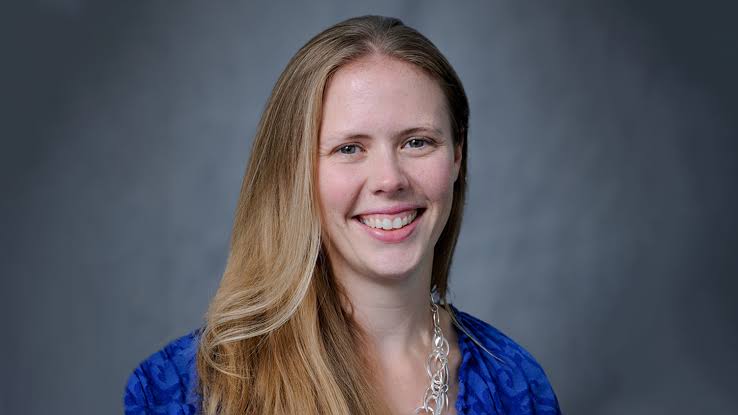Being Certain About Uncertainty

Editor’s Note: This is a guest post by Gerald LeBlanc, a toxicologist and professor of biological sciences at NC State. This post is part of a series by NC State researchers that addresses uncertainty in science. Uncertainty is a topic that is often misunderstood by people outside of the research community, and people often think that uncertainty means researchers have no idea what is true. This series aims to address these misconceptions about uncertainty in research. As additional posts are added to the series, you’ll be able to find them here.
Non-scientists – legislators, judges and juries – are often called upon to reach scientific conclusions.
Recently, a jury awarded an individual $80 million, concluding that an herbicide substantially contributed to his development of non-Hodgkin’s lymphoma. Last year, a California judge ordered that coffee packages must include a label warning consumers that it contains a chemical known to cause cancer. Such conclusions are usually made following input from scientists paid by parties to the litigation. However, scientific conclusions are often accompanied by some level of uncertainty that is often not conveyed or not recognized by non-scientists.
Uncertainty is the engine that drives science advancement.
In its simplest form, uncertainty is that which we don’t understand or are unsure of. Scientists strive to understand the natural world and thereby reduce uncertainty. When uncertainty is sufficiently reduced, scientists speak with surety. However, when uncertainty is high, scientists speak equivocally. This frustrates non-scientists who are then forced to reach their own scientific conclusions.
Take, for example, coffee package labels in California. A chemical, acrylamide, is known to cause cancer in laboratory rodents. We know that acrylamide is produced during the roasting of coffee. Is it therefore reasonable to conclude that coffee contains a chemical known to cause cancer in humans? No, because there is much uncertainty about whether lab rodents and humans process acrylamide in the same manner. Further, even if a chemical has the ability to cause cancer, that doesn’t mean that coffee drinkers are ever exposed to enough of the chemical to actually develop cancer. There is simply too much uncertainty to conclude that acrylamide poses a cancer risk in humans.
Labeling coffee as a carcinogen-containing product will cause many individuals to conclude that drinking coffee increases their risk of developing cancer. They may choose to avoid coffee. That’s fine as a personal decision. But should coffee producers be held financially responsible for every coffee drinker who develops cancer? That’s where scientific uncertainty must be considered.
Extrapolating results from animal studies to humans is beset with uncertainty. Ethical considerations prevent scientists from administering acrylamide to humans and measuring the subsequent incidences of cancer. However, epidemiological studies can assist with assessing the likelihood that acrylamide causes cancer in humans. Epidemiological studies of workers industrially exposed to high levels of acrylamide have not revealed an increased risk of cancer. Further, epidemiological studies of coffee drinkers have revealed no increased risk of cancer. In fact, these studies have suggested that coffee consumption actually protects against some cancers. Assuming that these studies are of sufficiently high caliber, we can conclude that coffee poses no significant risk of cancer.
The judge’s coffee-labeling edict has been challenged by California’s Office of Environmental Health Hazard Assessment, which concluded that consuming acrylamide in coffee poses no significant cancer risk. That is what science is all about, beginning with a position wrought with uncertainty and seeking an answer having a high degree of certainty.
Scientists place a high bar on accepting the results of a study with certainty. The gold standard is having 95 percent confidence that the outcome of a study is valid. Well-designed studies incorporate strategies to detect and quantify uncertainties associated with the results. Often, results of several different studies are combined and re-analyzed to determine whether the level of uncertainty among studies is sufficiently low to accept the conclusion. Uncertainty isn’t necessarily bad, it just needs to be recognized and accounted for in the final study conclusion.
So, the next time you read a report of some scientific observation that has bearing on your personal lifestyle, search the report for a discussion of uncertainties associated with the observation. Alternatively, consider what uncertainties might render the observation questionable and attempt to establish whether these uncertainties have been addressed. Consider whether you should modify your lifestyle only after considering both the study conclusion and the uncertainties associated with the conclusion. Acrylamide might cause cancer in rats, but your morning cup-o-joe should be savored, not feared.
This post was originally published in NC State News.
- Categories:


